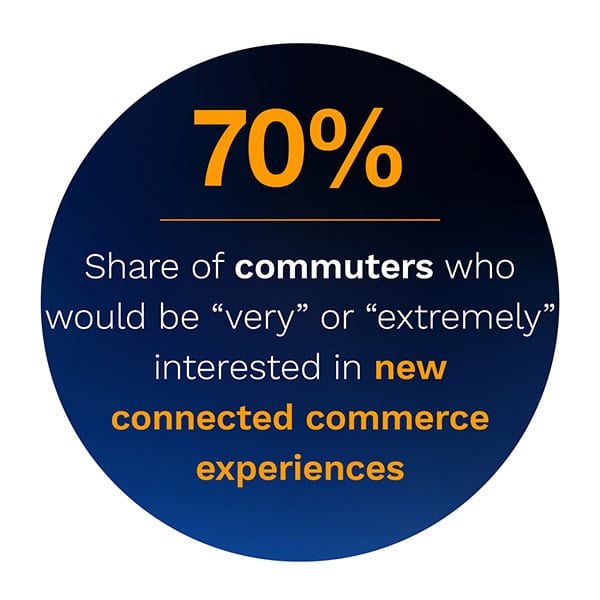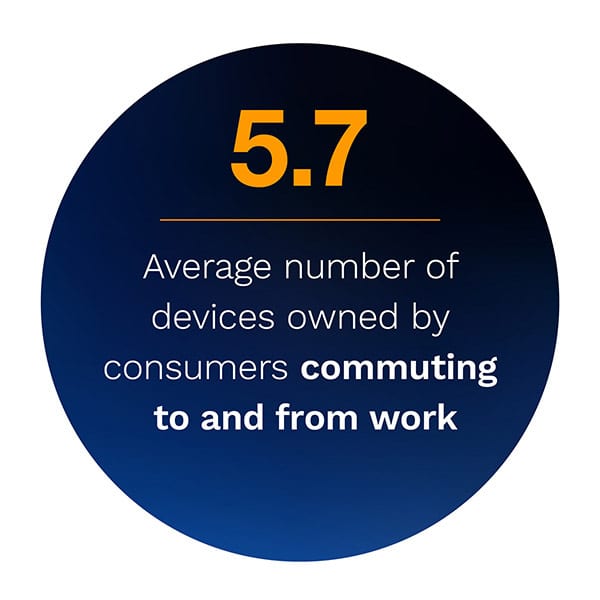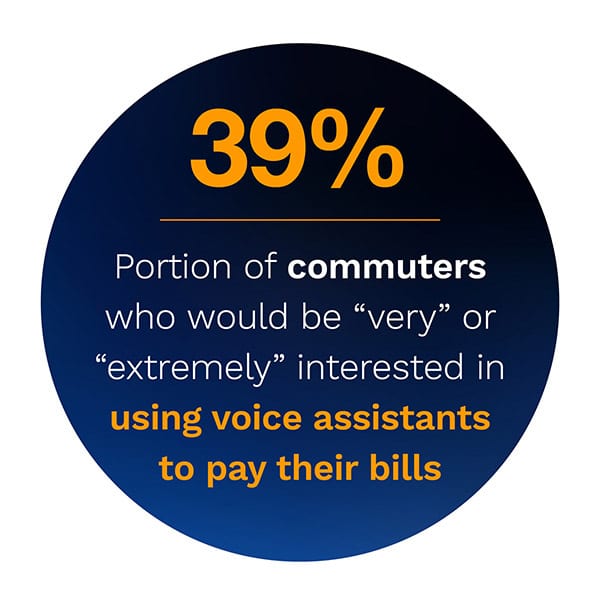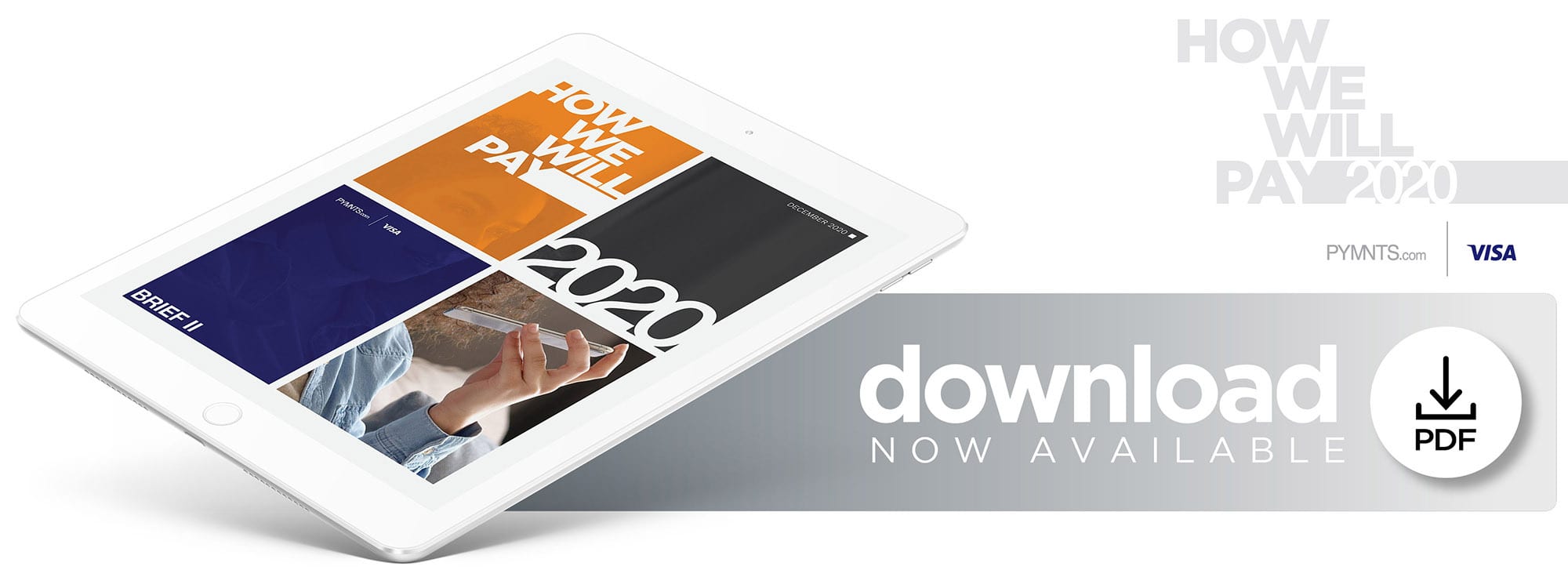The map of the average workday is changing amid the pandemic, and consumers’ shopping habits are changing along with it. Working professionals across the United States have done away with the traditional nine-to-five, in-office grind in favor of remote, work-from-home arrangements, with fewer chances to browse  through their social media feeds as they would on the train or listen to the occasional podcast or music during their morning and evening drives. The result is less time spent engaging online and less overall exposure to potential online purchasing opportunities.
through their social media feeds as they would on the train or listen to the occasional podcast or music during their morning and evening drives. The result is less time spent engaging online and less overall exposure to potential online purchasing opportunities.
The question is whether these shifting workday schedules have a measurable impact on consumers’ propensity to buy the items their devices allow them to casually survey on trains, planes and automobiles. Do consumers’ commuting schedules — or lack thereof — impact their interest in using connected devices to browse, shop and pay online?
The How We Will Pay: Connected Commuters research brief examines how the connected shopping habits of on-the-go consumers differs from those working from home. PYMNTS’ analysis draws from a survey of a census-balanced panel of 9,587 U.S. consumers regarding their daily routines, the connected devices they own and how they use them to make digital tra nsactions.
nsactions.
PYMNTS research shows that consumers who regularly commute to and from work not only own more connected devices than those who do not, but they also use those devices to transact online more often than the rest. The average commuter owns 5.7 connected devices and uses 4.6 of them to buy retail goods online on any given day. This compares to 4.9 devices owned by the average non-commuter, who uses 2.7 devices to make purchases on any given day.
Commuters are also more eager to try their hands at new types of connected commerce experiences than non-commuters. Seven in 10 commuters say they would be either “very” or “extremely” interested in trying new connected commerce experiences, in fact, compared to four in 10 non-commuters. It is therefore cl ear that as consumers’ routines grow simpler and more home-centric, they will likely grow less inclined to search for the connected experiences to support their hectic schedules.
ear that as consumers’ routines grow simpler and more home-centric, they will likely grow less inclined to search for the connected experiences to support their hectic schedules.
To learn more about how having or not having a regular commuting schedule changes consumers’ appetite for connected experiences, download the brief.

